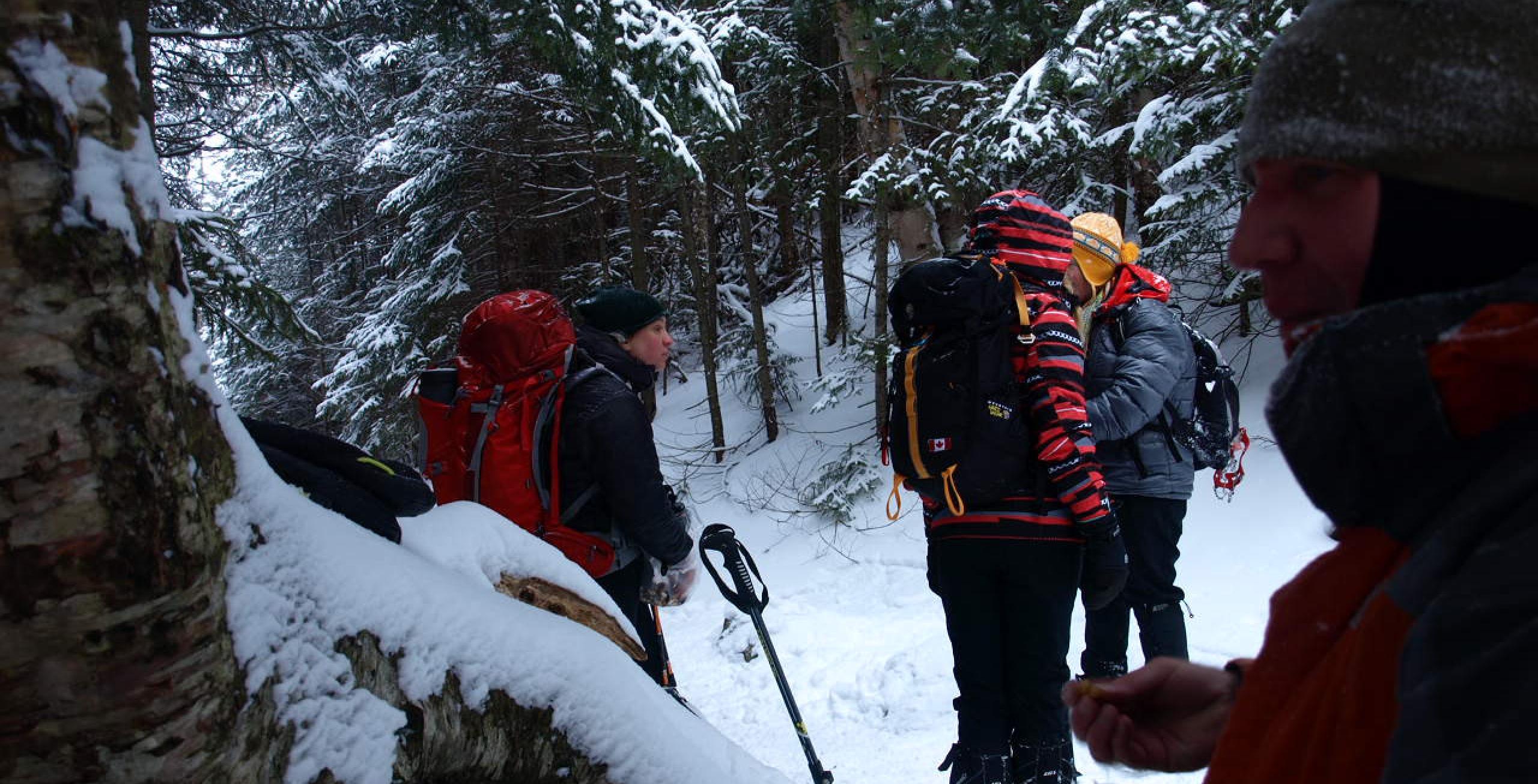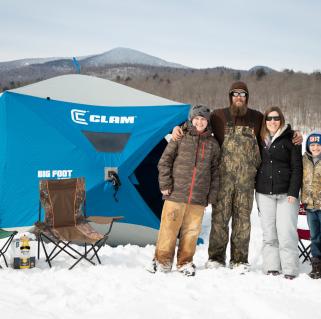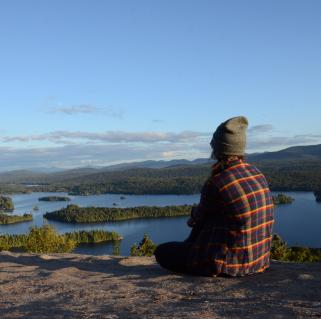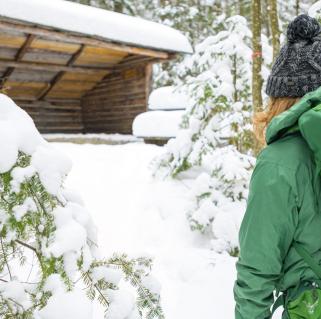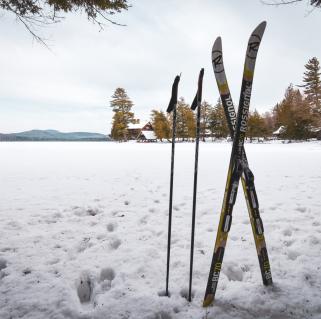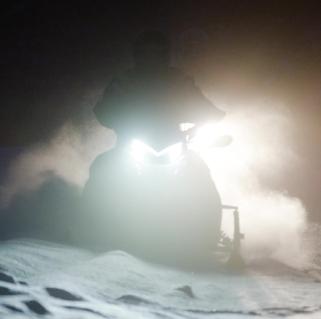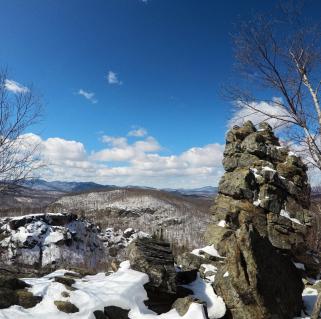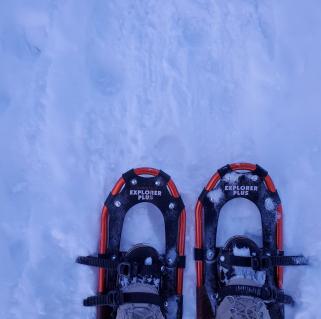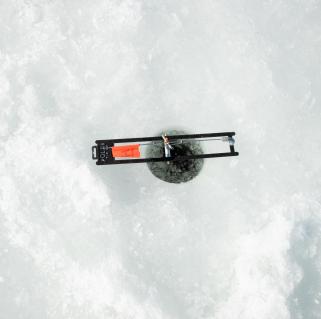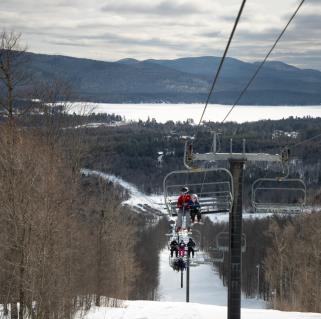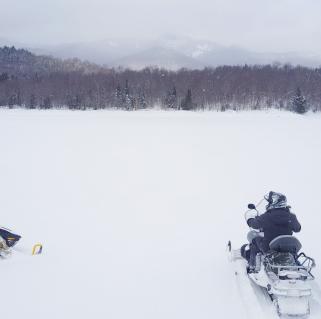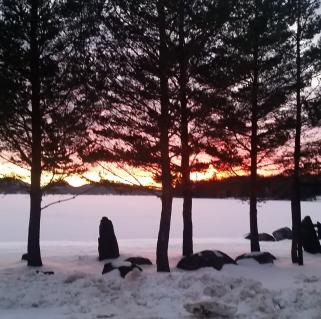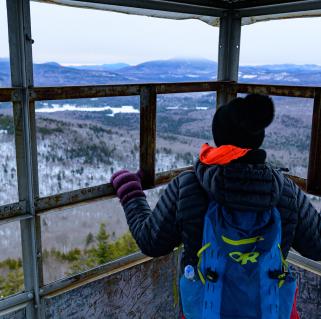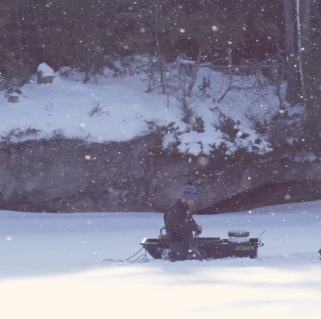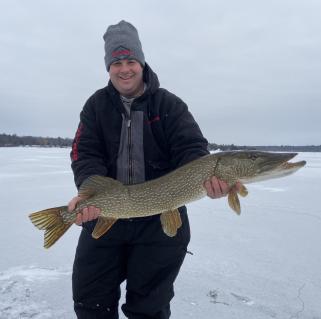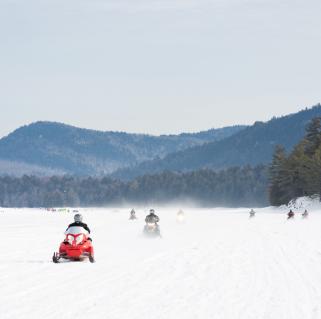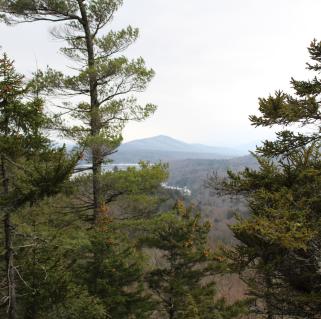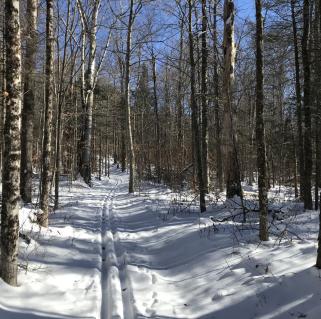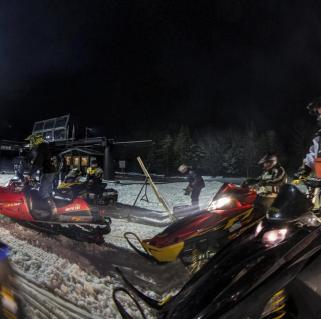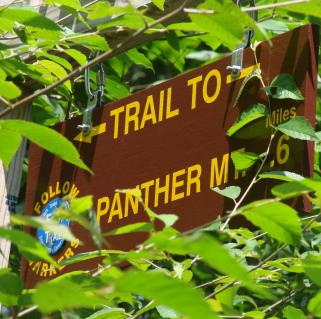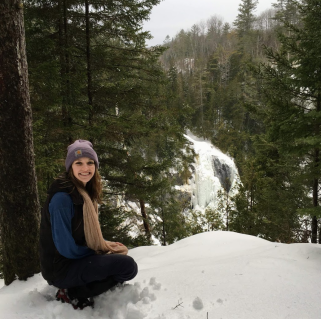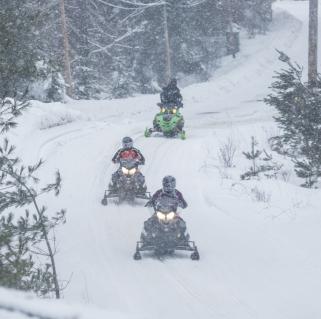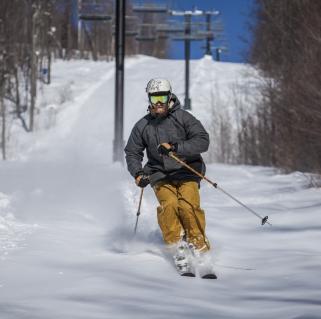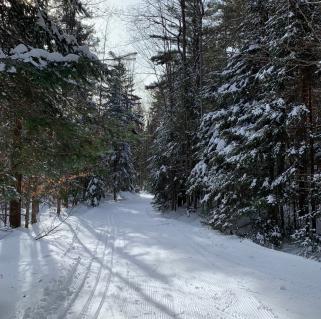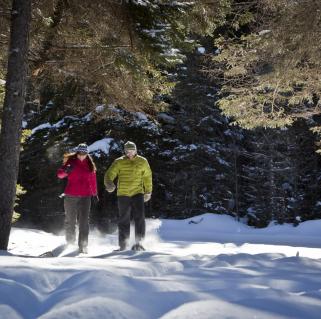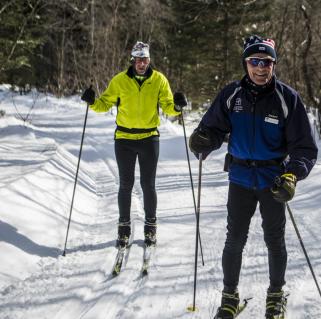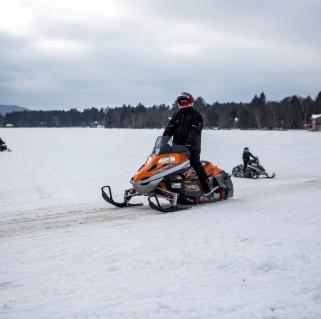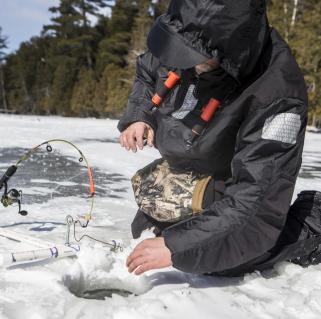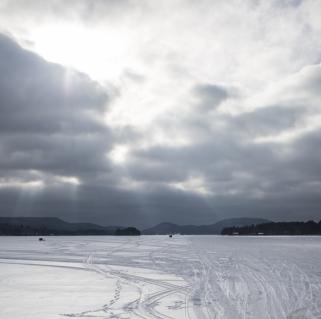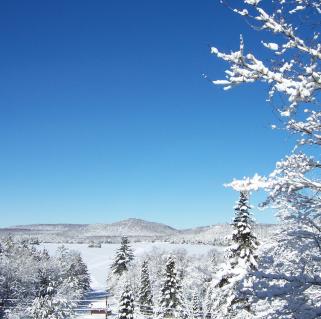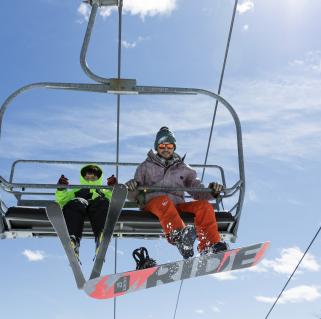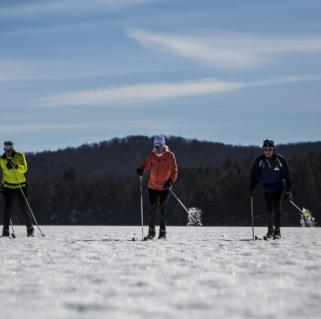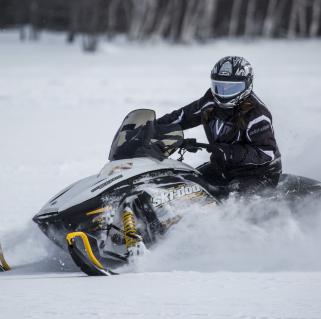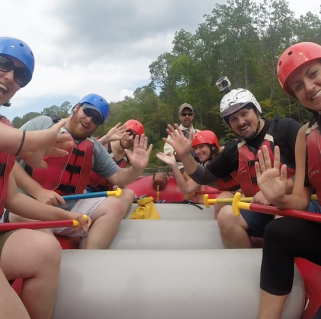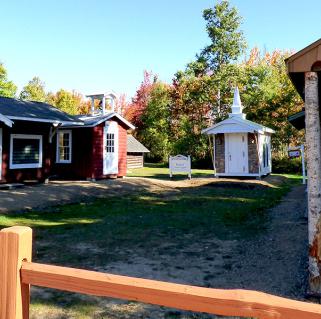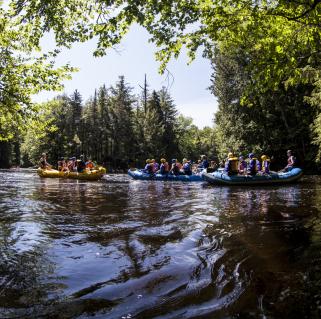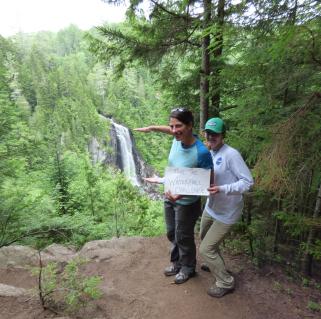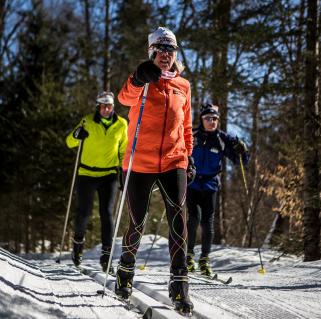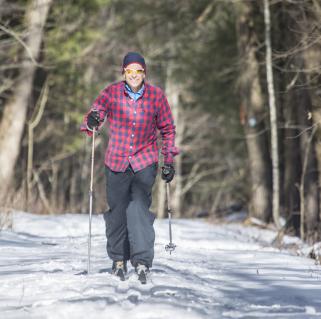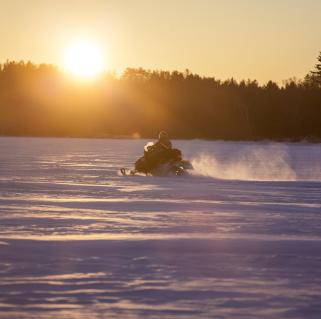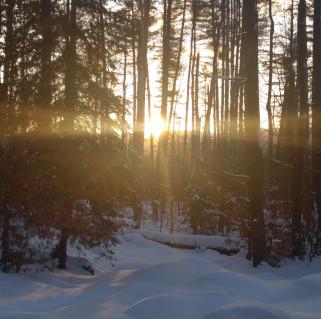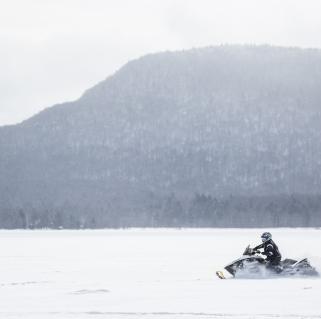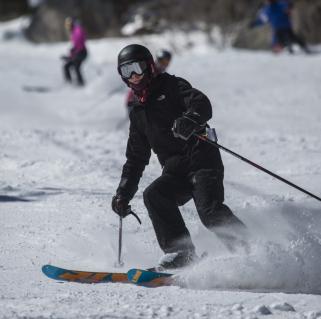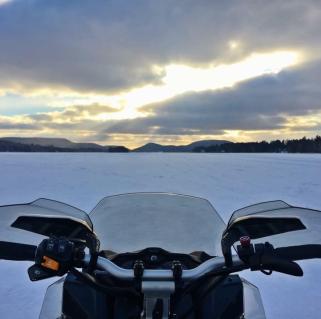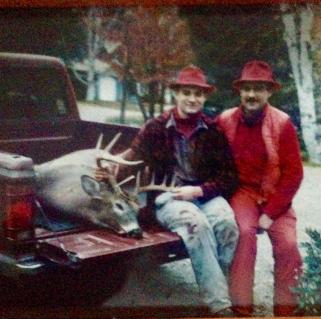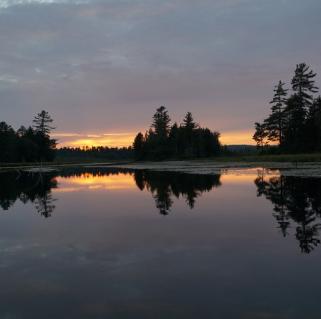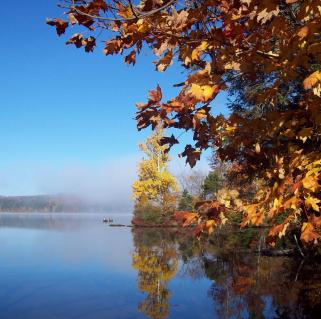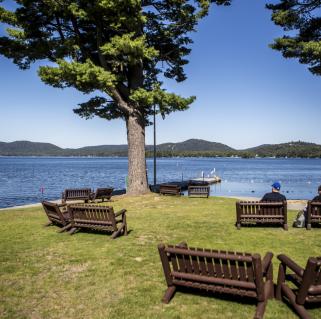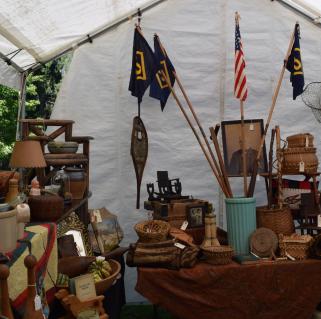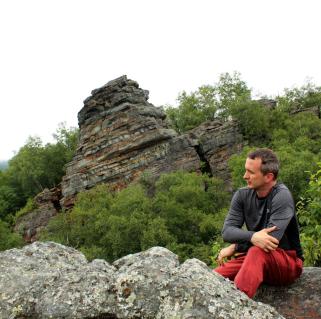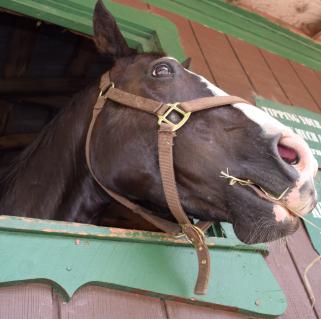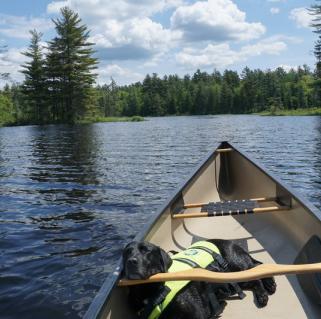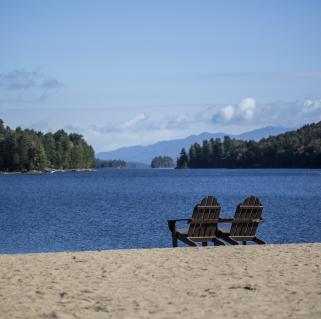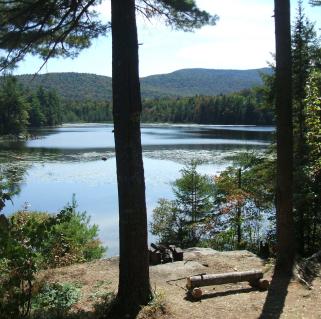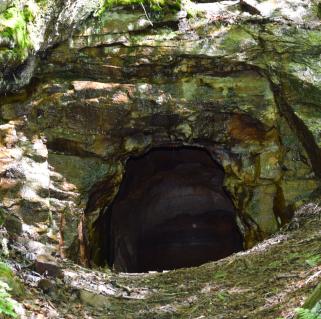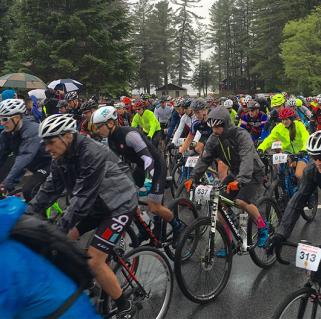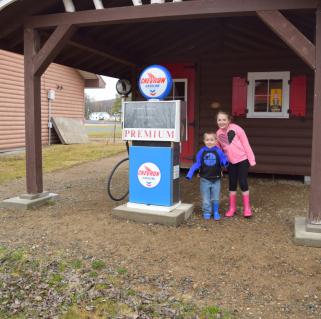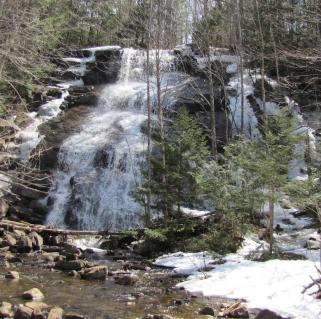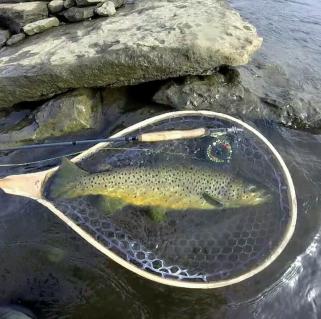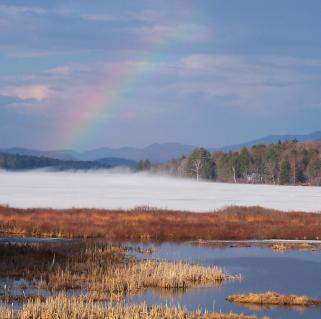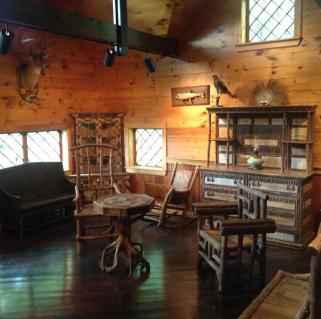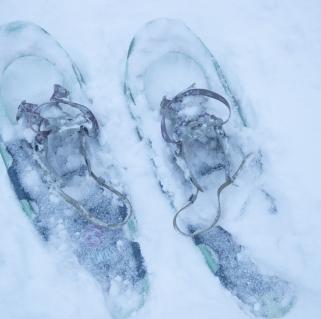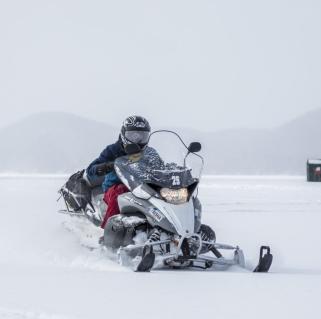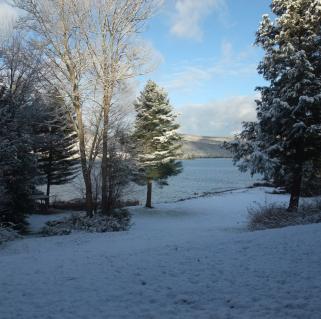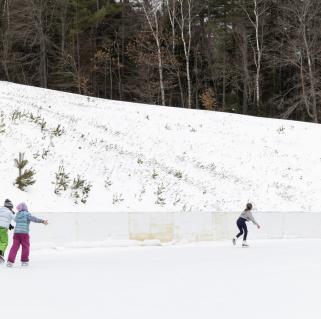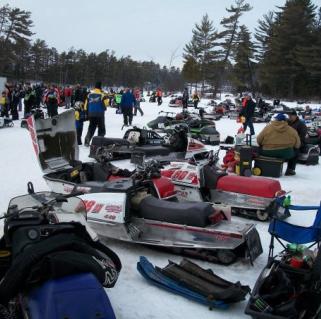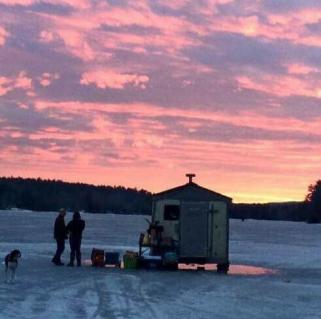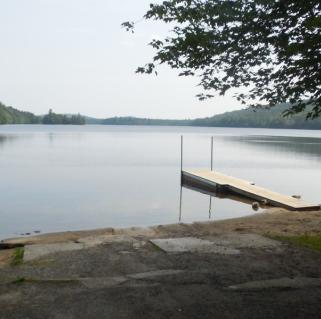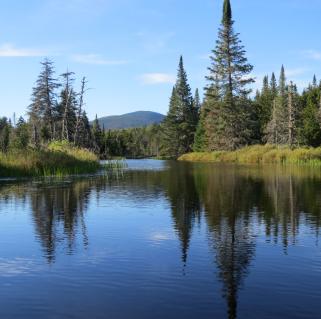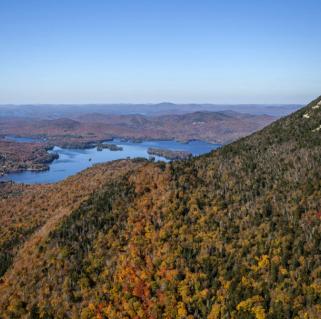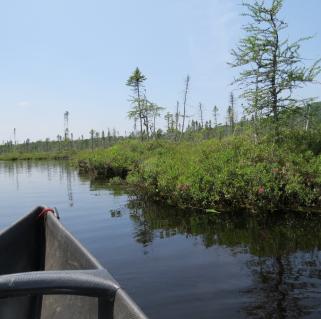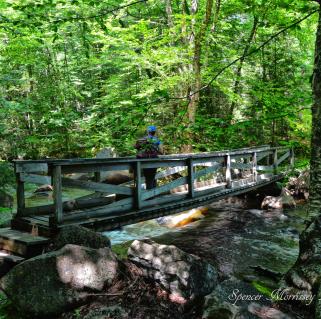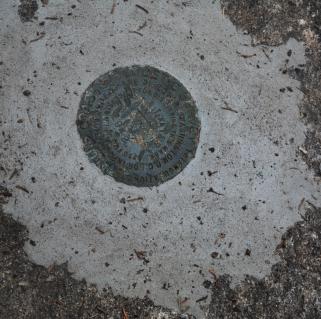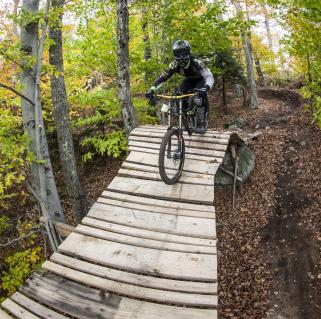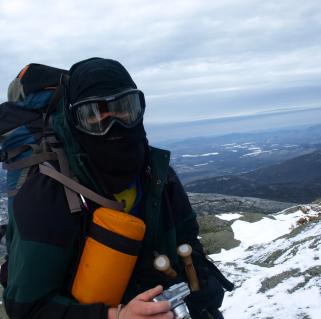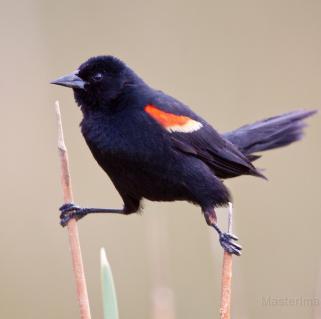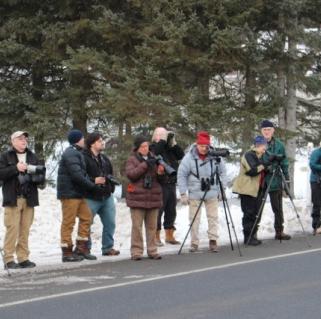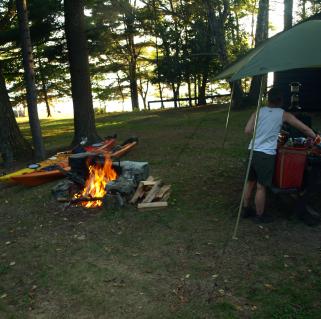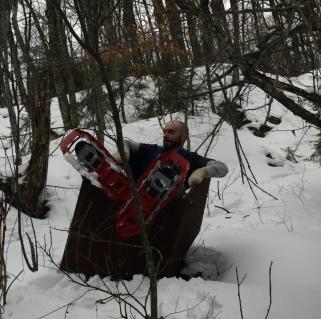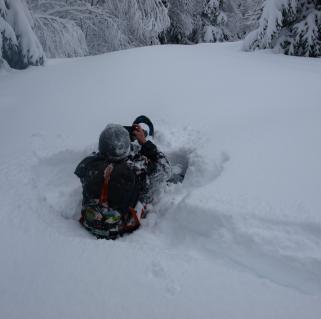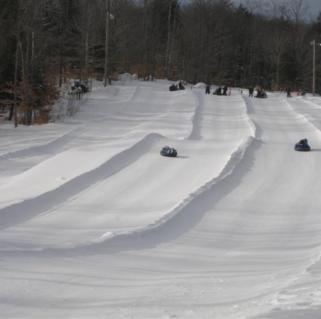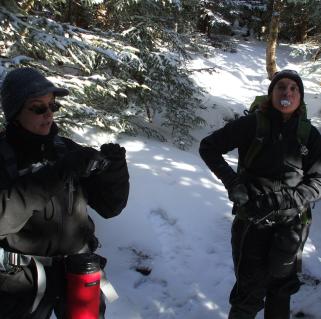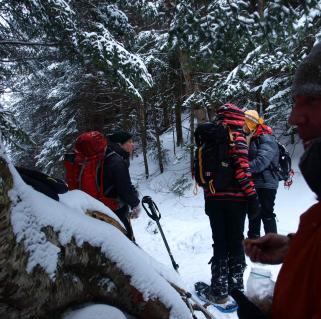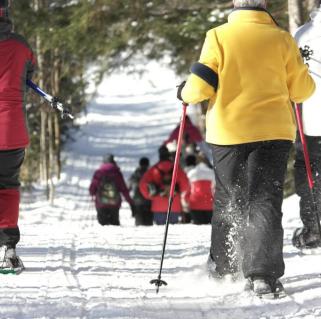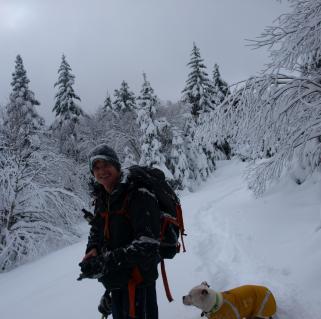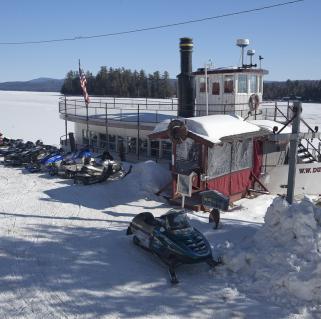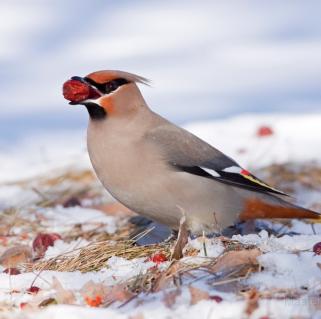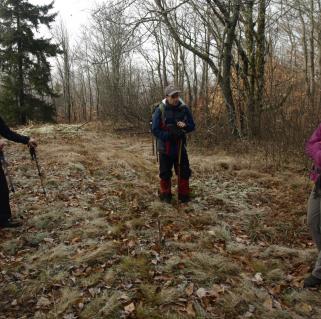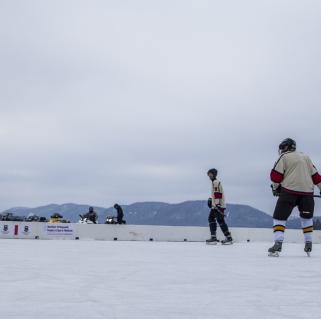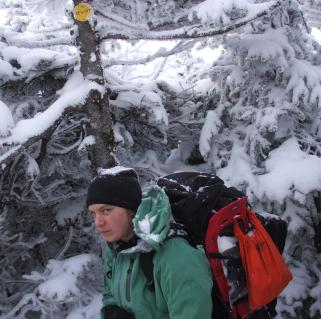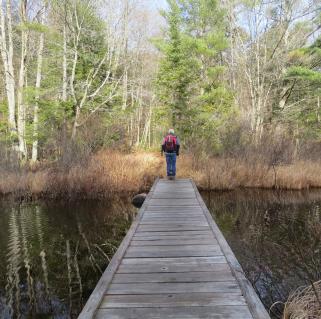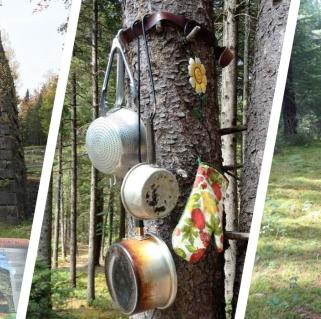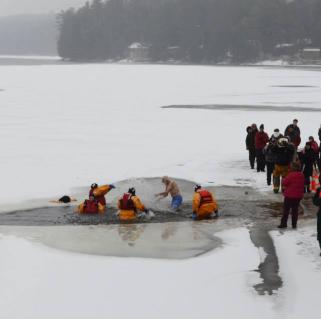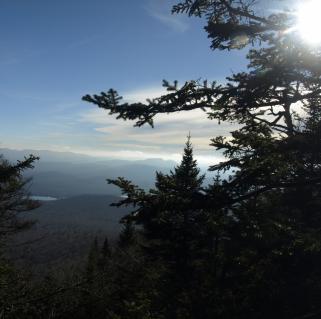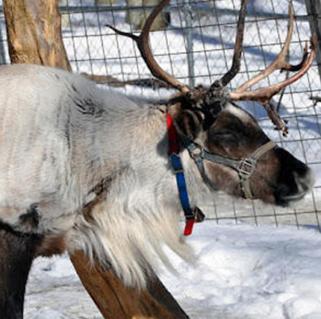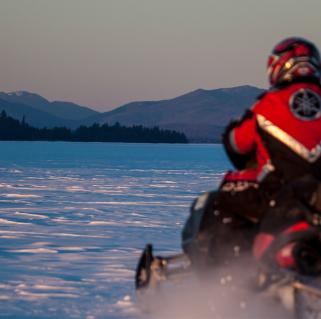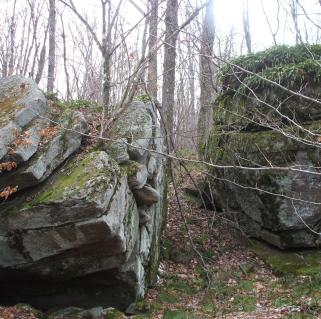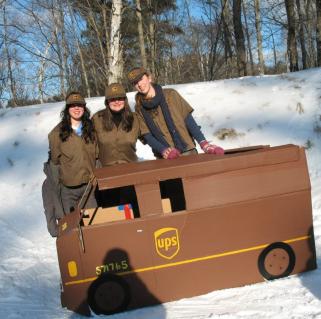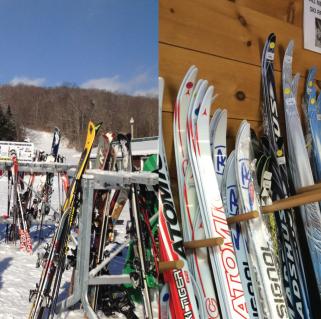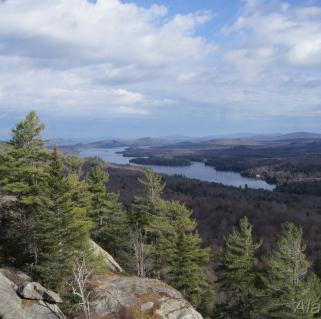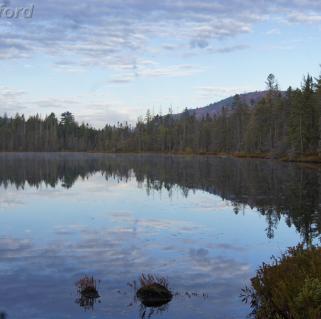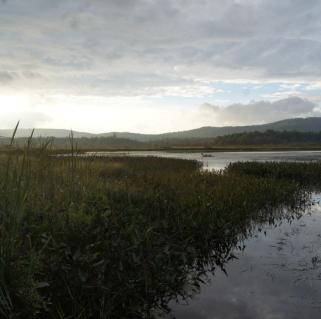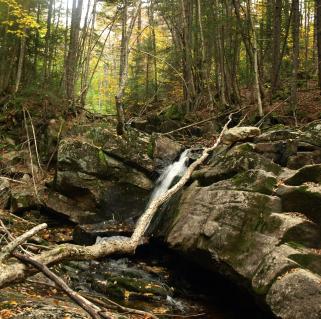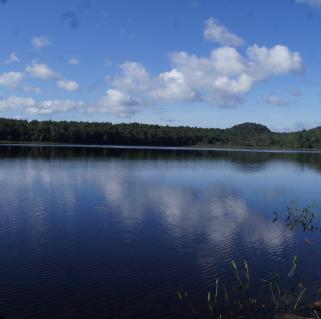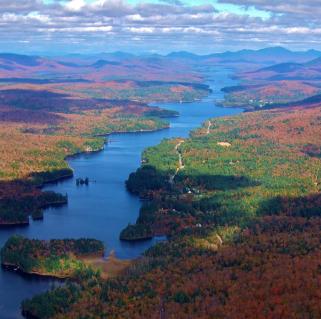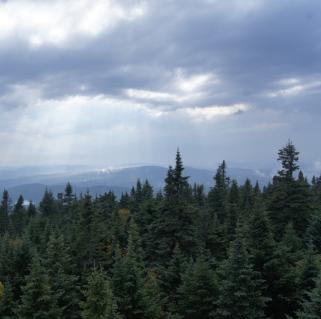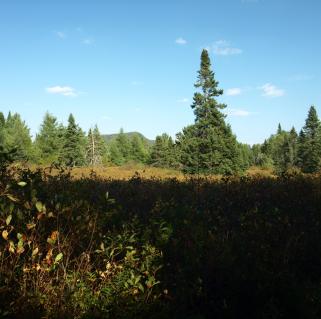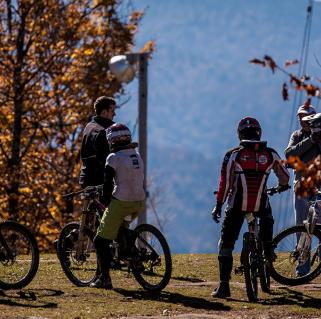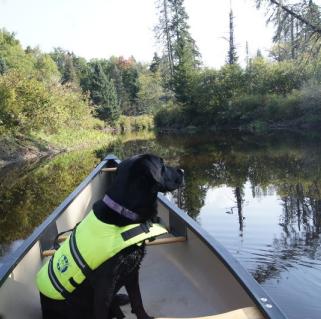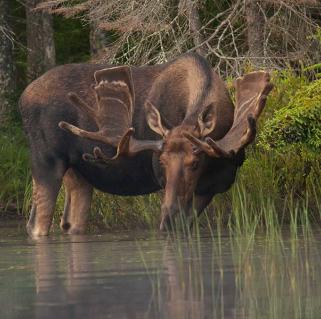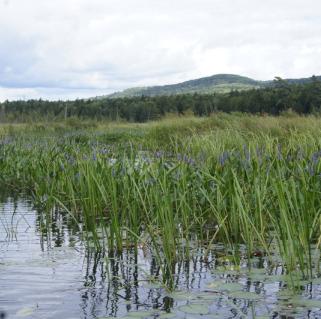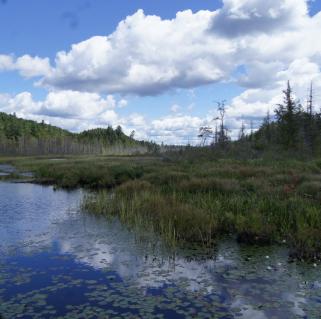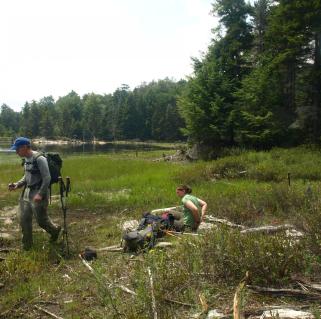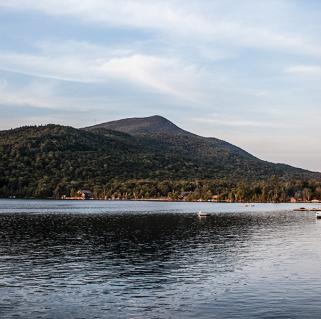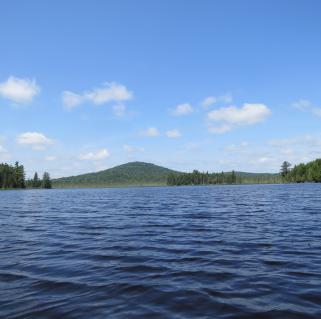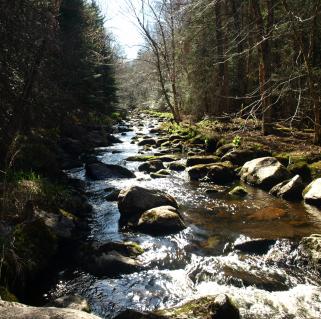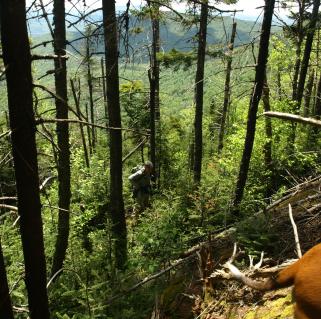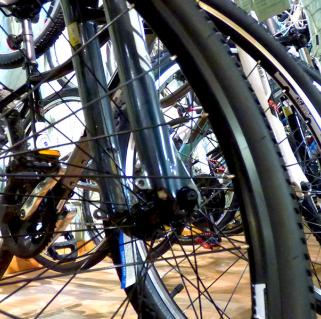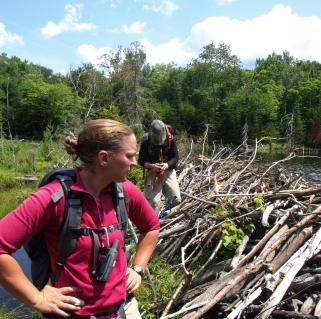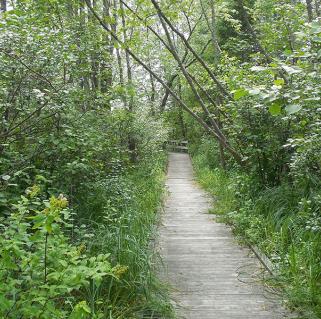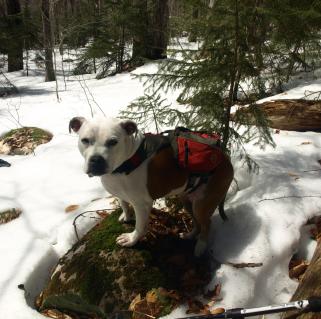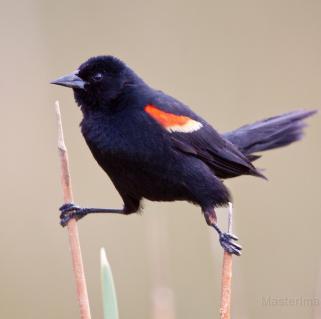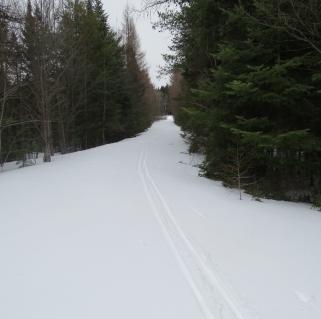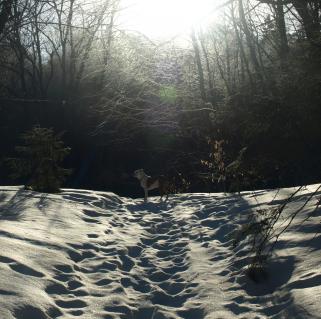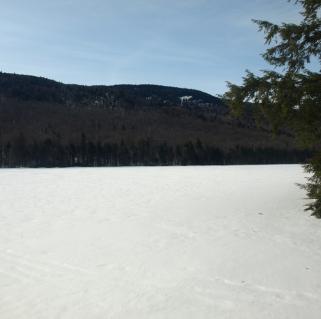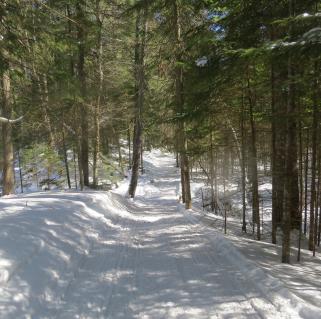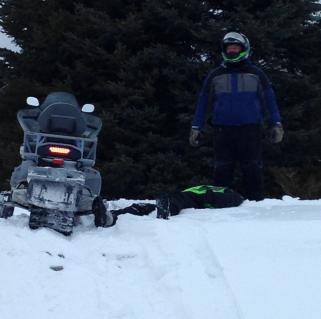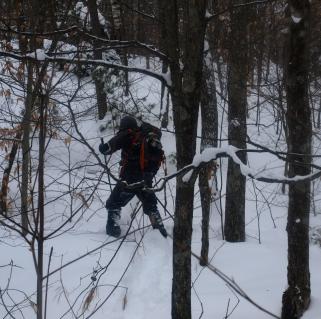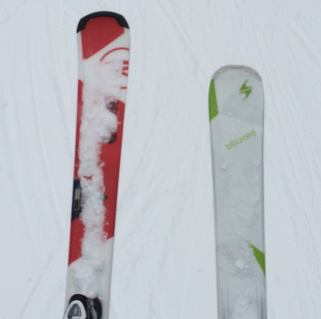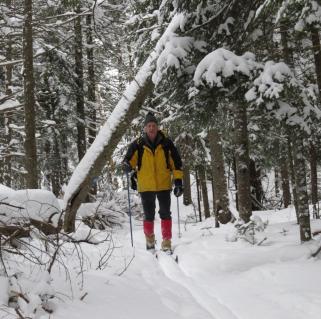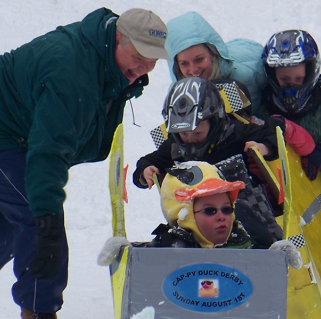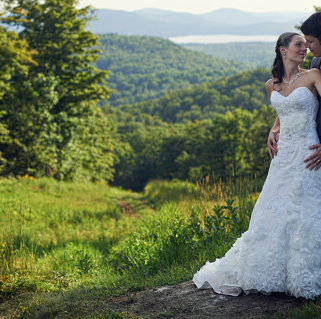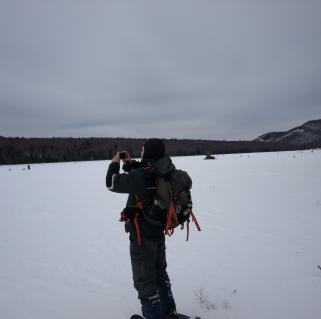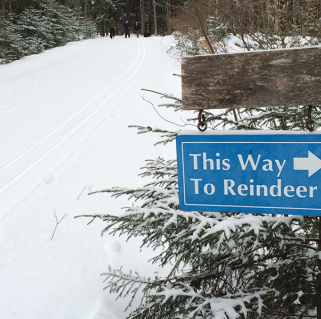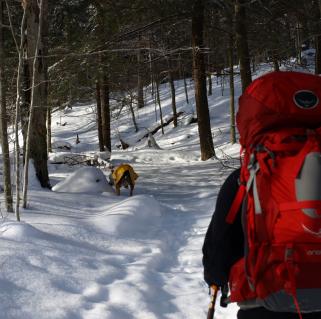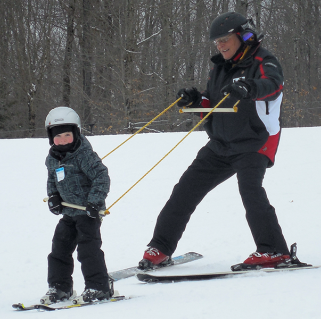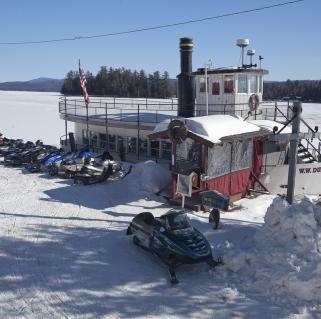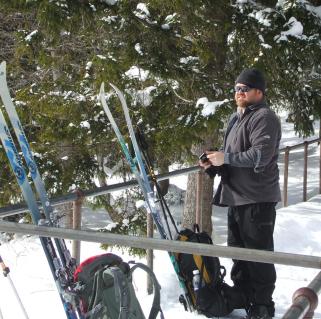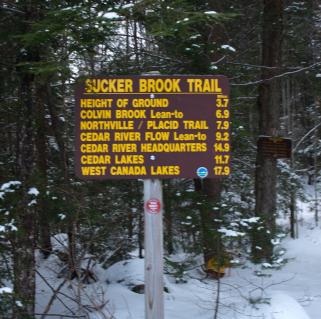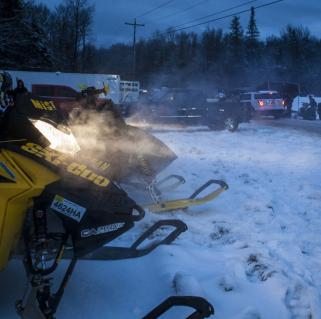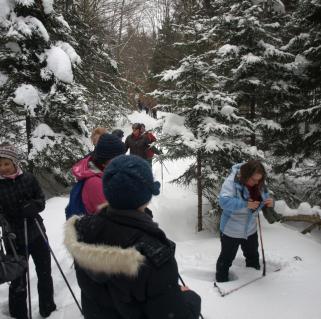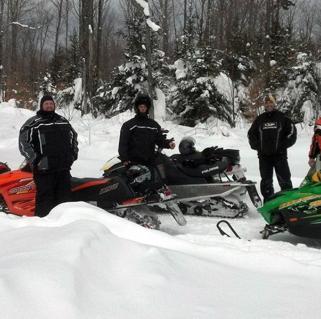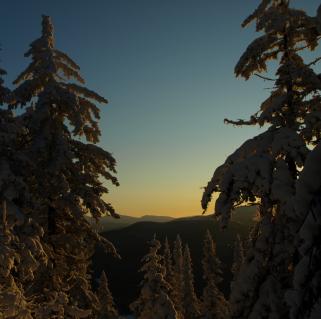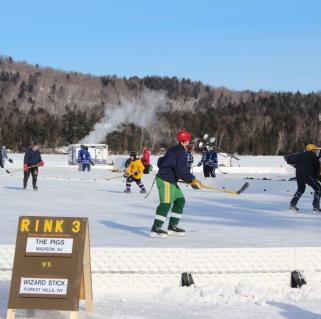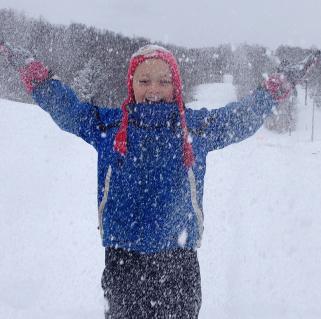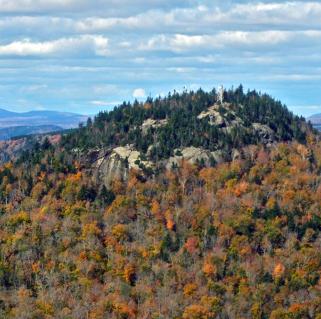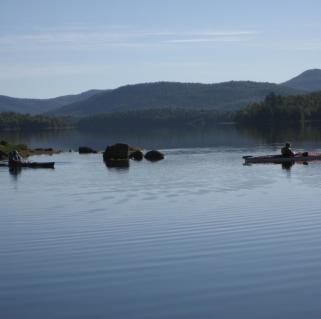Starting from the bottom
The feet can be a huge issue to deal with when not properly equipped for the weather. This is an especially problematic area for many people in the winter when ill-fitting or improper footwear can create a potentially dangerous situation. Essentially if your feet are uncomfortable and it's hard to function, it just plain makes or breaks an enjoyable winter experience. Proper foot care and appropriate preventative measures are important for safe travel and a positive outcome of your trip, more so than I think many realize. If your feet get cold your entire body gets cold. From a minor discomfort that simply detracts from your adventure, to an emergency situation where you could end up with a serious cold injury, footwear should be a consideration for all.
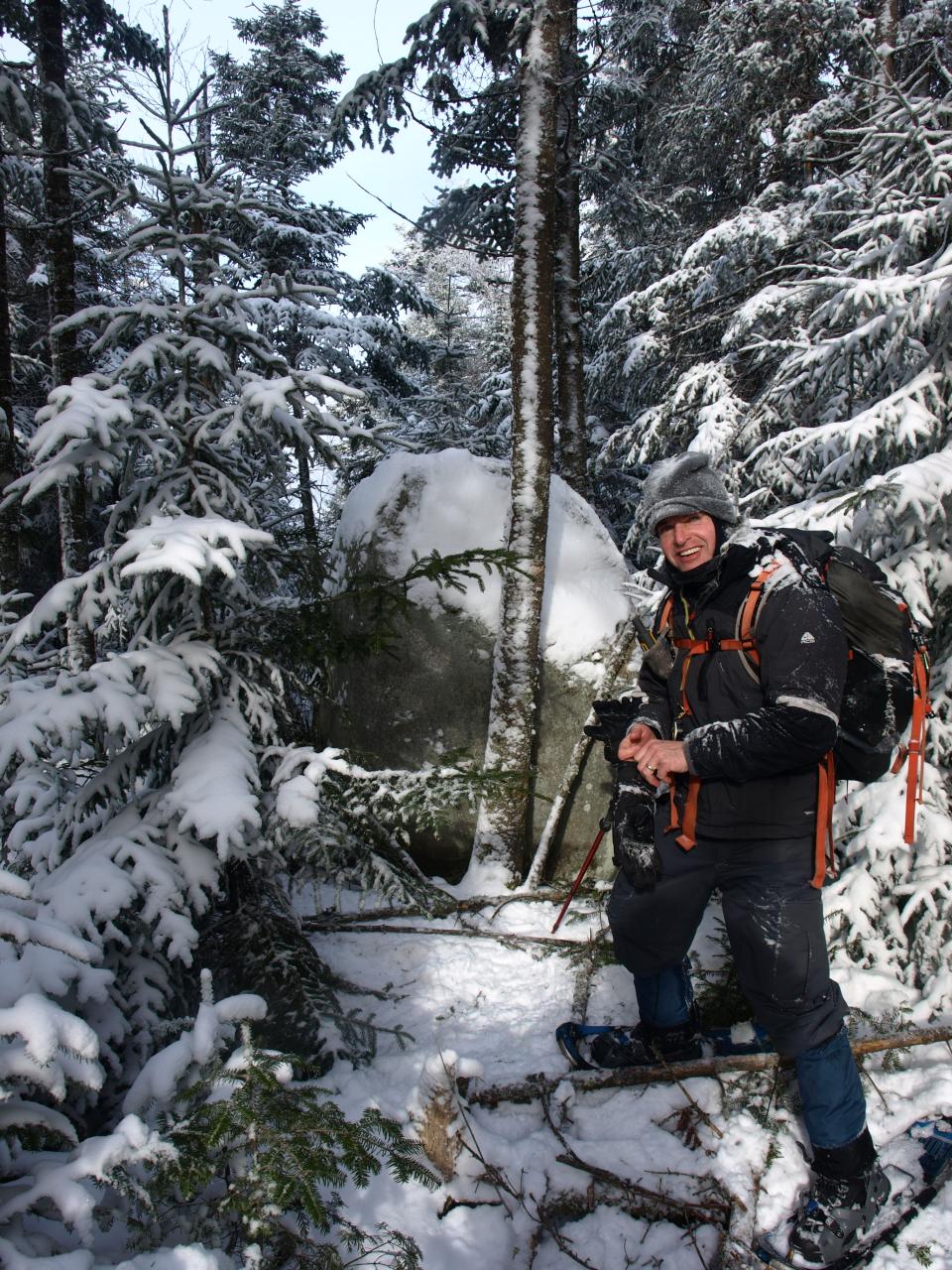
Frostbite to the toes is not only a serious physical injury but a life threatening one as well. Frostnip is slightly less dangerous but it is a precursor to frostbite. Frostnip can be seen as a swelling, whitening, reddening and/or chapping of the affected areas. Sometimes frostnip goes unnoticed and left untreated in the field the problem can advance. Frostnip is not only a concern for the immediate ache it produces, but it can cause you to be more prone to cold weather discomforts and injuries in the future. Fortunately I have never been frostbit or nipped too badly on my feet — my fingers are another story altogether.
Below I will go over a couple of key prevention measures that are very easy to follow. In addition, it's obviously important your feet warm, but not too warm. You don't want to make your feet sweat because when you stop they will get cold very fast and will take way too long to get warm again. If you are a heavy foot sweater carry 1-2 pairs of dry socks and change them periodically throughout the day, as soon as you get back to camp, when they get wet, or whenever you feel a discomfort.
Boot fit and comfort:
Don't get boots that are too small or wear too many pairs of socks which can constrict blood flow in your feet. Compression to the feet, especially in the toes, will cause them to get cold very fast and issues arise much quicker.
Always choose a waterproof boot for the winter. Your summer hiking boots or sneakers are not adequate for a safe day in the woods in the winter. No matter the type of footwear you choose, it must fit correctly. Fit is tough over the internet, I recommend you go directly to a local gear shop and try them on and get a professional fit that is right the first time. Each boot brand fits differently, varying in length, width, and feel. Once you get the fit down, it is important to get them broken in, if you can. The break-in period could take time, and in some cases - especially with winter boots - they don't break-in, making it even more important to find the correct fit. Leather mountaineering boots will take much longer to relax, often it won't happen in the first season of wear, this is not out of the ordinary; mine are three-years-old and still feel new out of the box. However, plastic mountaineering boots with liners take less time, as the liners are much plusher and pack out faster. Some liners can even be heat molded right in the shop.
Insider's Tip: Don't wear your winter boots to the trailhead, this will help to avoid your feet from sweating in the car on the ride over.
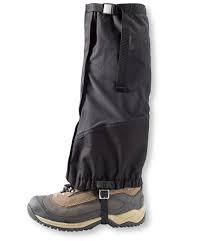
Gaiters:
Gaiters are simply a fabric layer to close off the top of the boot. Gaiters come sized from S-XL and come in water-resistant and waterproof models. The fabric holds in heat while holding back water and snow from getting into your footwear. The barrier that is holding in the heat actually keeps your feet warmer, while also keeping the feet dry from the elements. Gaiters come in several different modes, but if you plan to use crampons I would invest in a pair that is rugged and rip proof.
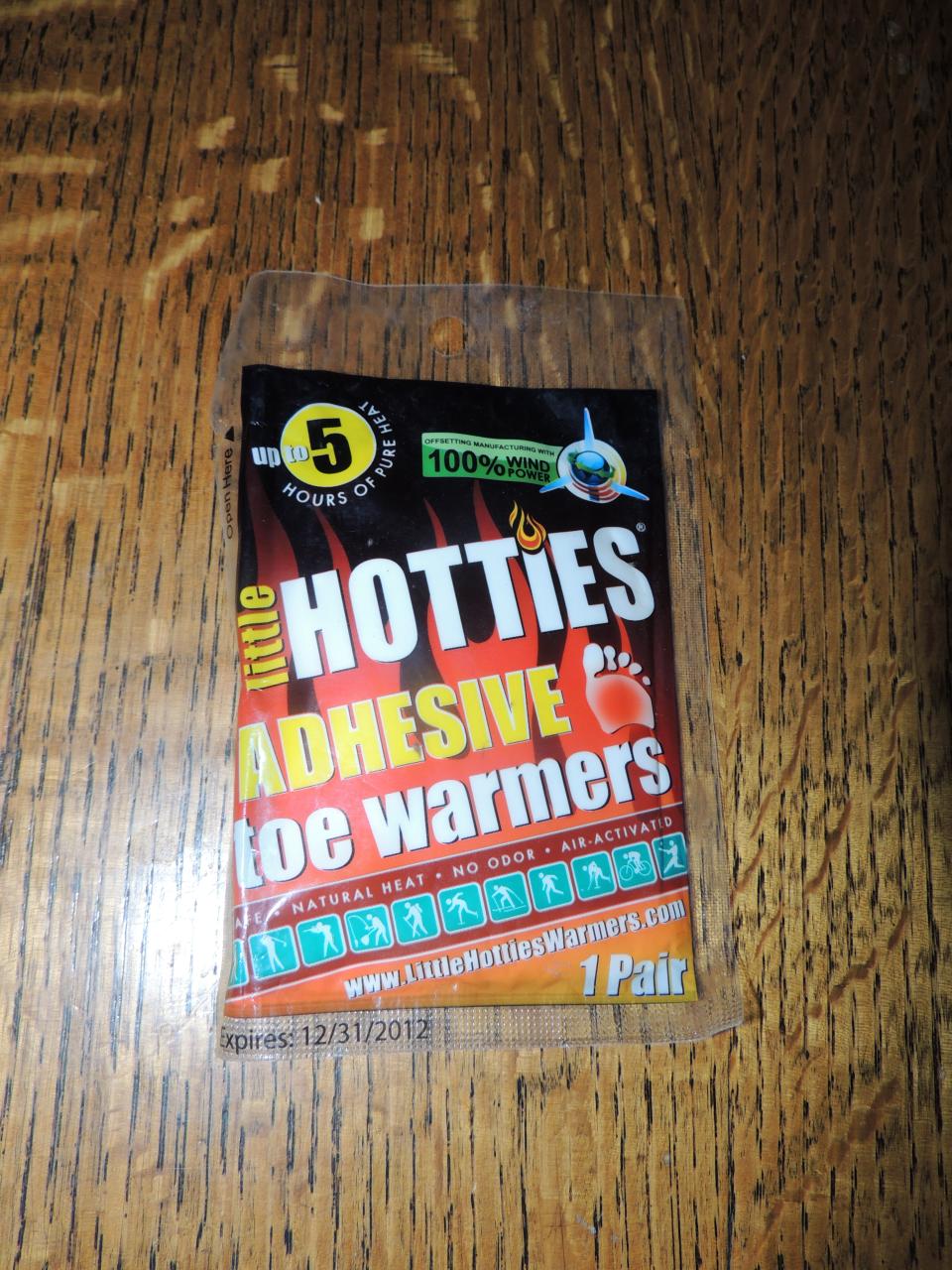
Foot and toe warmers:
Always carry a few toe warmers with you — just in case. If you use them, place them either under your instep or under your toes in the knuckles, whichever feels better. Place them carefully to avoid constriction from taking up too much room or rubbing from constant movement. Your feet are very sensitive to temperature change, it is not recommended to place these directly on the skin. Oh, they do expire like the one pictured above. Expired ones may or may not work and may not get as warm as newer ones.
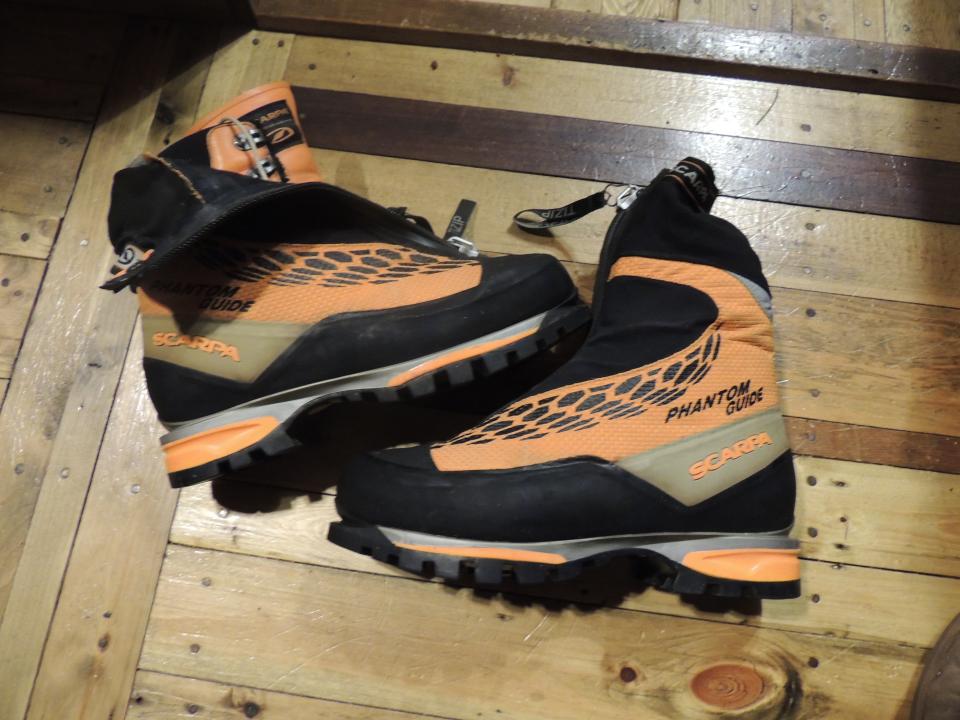
Leather mountaineering boots:
Most leather mountaineering boots do not come with liners, but all are waterproof. Some are comfortable right out of the box, others are not, and these are tough to buy online unless you are sure of fit. There are many companies out there producing these, LaSportiva and Scarpa are a couple names you might recognize.
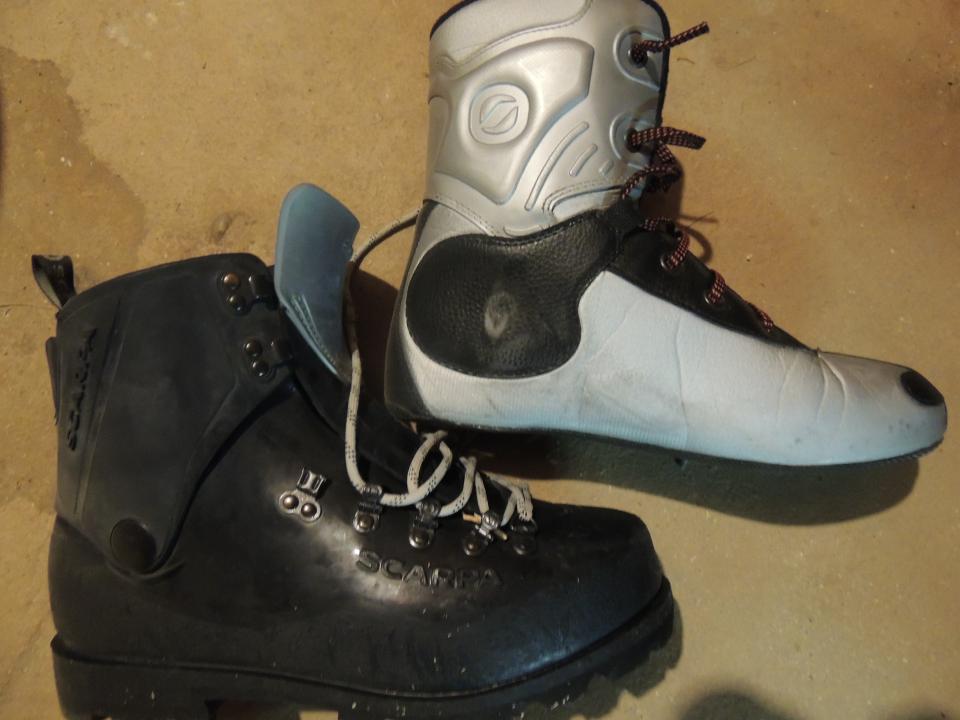
Plastic mountaineering boots:
Plastic boots are named such because the outer shell is plastic with a removable insulating liner; they look like downhill ski boots. The liners can feel very tight at first and once they are slid into the boot. These liners pack out to a great fit and others can be heat molded at the shop. It may take a full season to pack out a liner if you are not using them regularly; in this case I recommend renting a pair, or getting a heat molded liner. The heat molded liners are the best fit and will accelerate the break-in process. The shell is made for two size liners; liners should be purchased to your foot size. If done correctly you can also do a shell fit, but this should be done only by someone who knows the process. A shell fit is essentially putting your foot in just the shell and making sure there is two finger widths remaining for room.
Cotton socks:
Don't use them, period!! They get wet. Then, you get cold. Then, you get in trouble.
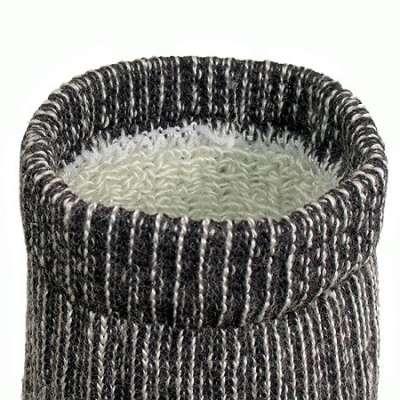
Wool and synthetic socks, liners too:
These are the only types of socks to use. They come in several different weights from light to mountaineering. The heavier the sock the more room they take up in the shoe, make sure to not over-constrict your feet.
Liners socks work great and I highly recommend them. These liners will take up extra room in the boot, add warmth, some extra cushion and work as a second skin, so to speak.
Merino wool is truly the way to go, as they will stay warm when wet, and as an added bonus, they do not develop an odor over time like synthetic socks.
Again I emphasis, don't wear too many socks, let your boot do its job to keep you warm, constriction is bad stuff. Always carry dry socks!!!
Laces:
Always carry an extra set of laces with you. The best replacement laces are actually p-cord for climbing. It's tough and durable and is easier to work with when frozen. Also, if not used to replace a broken lace, they can be used in an emergency situation for lashing.
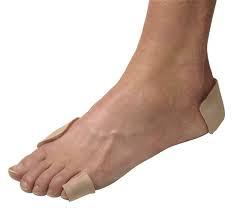
Moleskin:
Moleskin: use it. This blister prevention measure is key, especially with mountaineering boots that can at times be very uncomfortable. Moleskin is made to be blister prevention not blister care. If you have a problem area you should apply the moleskin before you leave the house. If you get a blister in the field you will still need to apply treatment, but this will work to reduce some direct rubbing and some of the discomfort.
There are a great many gear shops in the region that can set you up with proper footwear and foot care products, be sure to visit one if you need something or have more questions. Not sure how to proceed in the winter? Maybe you want a guide to help you prepare and get comfortable with winter travel. Check out a local guide service for details on an intro to snowshoeing or mountaineering course.
In related Stylin' ADK news:
Snowmobilers: Faithful fashionistas

